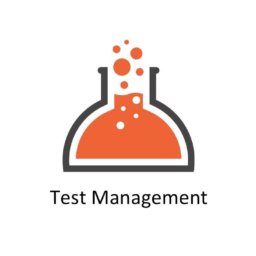Application Lifestyle Management (ALM) tools help build a coherent development setup where requirements management, design management, configuration management, defect tracking, release management, and more functions can be operated together. The alternative is the use of separate tools performing these individual functionalities without being in sync with each other. Businesses prefer ALM tools over isolated tools as data synchronization is easier.
We list 5 key benefits of ALM tools:
1. Better Productivity
Development, engineering and quality assurance teams deliver faster with ALM tools. Human and technology resources are allocated appropriately to practices. The right professional carries out application development activities, saving training time. Teams collaborate efficiently, reducing human errors. The automation of repetitive tasks gives a shorter development cycle. Metrics-based management practices boost productivity. The time to market is accelerated.
2. Stronger Collaboration
Coordination between different functional teams – customers, product, development and QA teams – is the desired setup required for achieving business goals. This collaboration can only be achieved correctly if the stakeholders’ tools are integrated. This makes sure that stakeholders are on the same page about the application. When all team members have access to activities and project statuses, they save time in reaching out to each other, to fetch for information. The time for meetings is cut down as online communication fills up the gap. This increased collaboration gives more team unity and a defined focus on project objectives.
3. Improved Product Quality
ALM tools provide the process required to clarify all requirements and enforce quality assurance guidelines. Any inconsistencies in requirements are removed. End-user needs are outlined carefully. Businesses can verify that their app satisfies these guidelines. In an ALM setup, a defect management software tool is in the loop of synced tools. A defect management tool reduces the number of defects. All of these advantages give improved product quality.
4. More Agility
Embracing change is a major responsibility for a company. There is a need for linkage between software lifecycle artifacts like requirements, source code, build scripts and test cases to manage the changing landscape of projects. A connected system of tools gives a better understanding of the impacts of these changes and ways to reduce change reaction time. As ALM tools make end-to-end traceability possible, the speed to develop new applications or improve existing ones goes up. Businesses gain more agility to respond to customer and business requirements.
5. Greater Customer Satisfaction
An integrated ALM bridges the distance between developers and customers, yielding greater customer satisfaction. Integration facilitates collaboration between customers to understand their needs better. Following the feedback, developers align their tasks in a way to deliver those requirements in an ideal way. Customers feel satisfied when their demands are heard and accommodated. Customers are informed on updates on application development due to the transparency brought with integration. Customers will know project statuses and deployment of fixes.
As these benefits show, ALM tools are incredibly useful to any business. The ability to plug any tool from any vendor at any time to the integrated tools ecosystem in use is a must-have feature for current development and testing practices.




